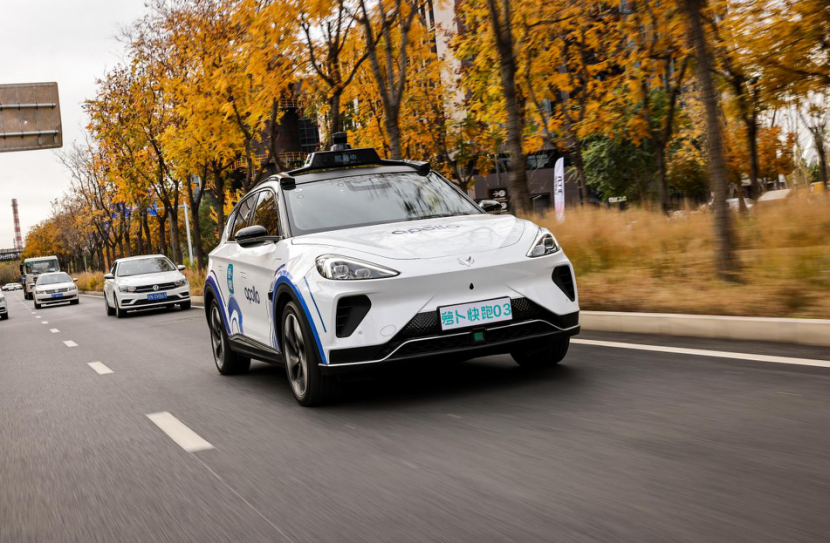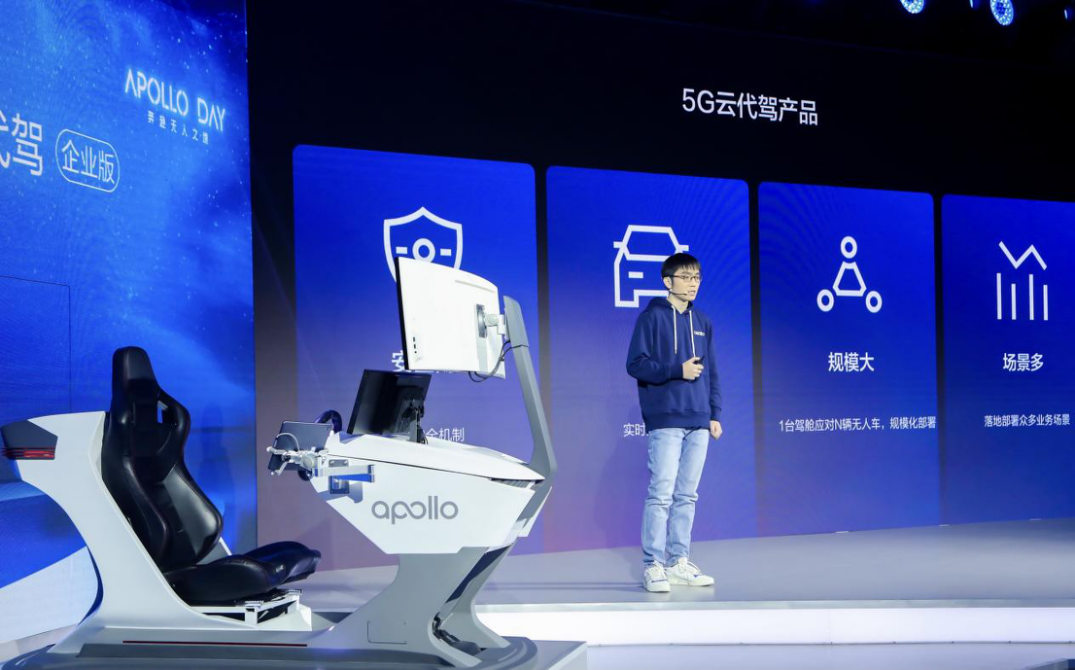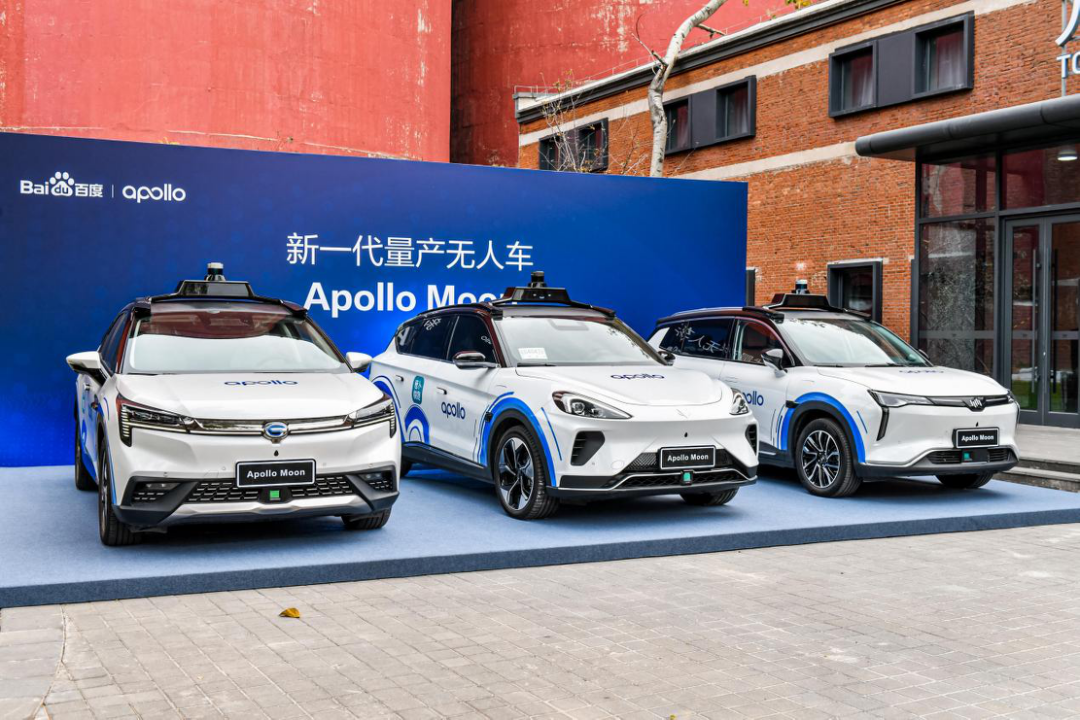In June this year, Baidu Apollo Moon was officially released. After four months, Baidu held “Apollo Day” in Beijing to showcase their achievements and latest developments in the past half year to the public.
- As of October, Baidu Apollo’s total test mileage has reached 18 million kilometers.
- In addition to the Polar Fox installed production, Apollo Moon has also launched WM and AEB editions.
- In addition to the installed production vehicles, Apollo’s unmanned driving strategy also features “AI driver” and “5G cloud driving”.
How does unmanned driving achieve low cost?
In June this year, Baidu Apollo officially released the unmanned vehicle “Apollo Moon” with a total cost of only 480,000 yuan. At this Apollo Day event, Xu Baoqiang, the director of Baidu’s Automotive Robotics Department, answered questions regarding the cost.

The primary reason for the low cost is lightweight sensor configuration. Many civilian vehicles could easily replicate the sensors on Apollo Moon. The sensor configuration of this unmanned vehicle includes:
- 1 customized LIDAR in cooperation with Hesai.
- 12 cameras positioned to achieve 360-degree sensing coverage around the vehicle.
- 5 mm-wave radars, 3 forward and 2 backward.
Another advantage of lightweight sensors is “dimension reduction”, making it possible for ANP-Robotaxi architecture. The WM W6 is the first mass-produced civilian vehicle with Baidu ANP function. The ability of ANP is derived from Robotaxi’s “dimension reduction”. If Robotaxi remains an elitist technology, its commercial value would almost be zero.
Another reason is, through cooperation with partners, Baidu has eliminated the extra cost of vehicle modification after the vehicle is offline, and directly installed production of unmanned vehicles with partners such as Polar Fox, WM, and AEB. Currently, Baidu Apollo has reached mass production cooperation with Polar Fox, WM, and AEB to jointly create the fifth-generation unmanned vehicle. Meanwhile, users can experience different models.
A significant reason for low-cost production is that the fifth-generation product is more mature compared to the past, and most of the sensors are self-developed, with low maintenance costs in the later stages. On-site, Baidu Vice President Wang Yunpeng also calculated for everyone, a 480,000 yuan unmanned vehicle, in its lifecycle, has an average monthly cost of only 8,000 yuan, which is much cheaper than hiring a driver.After years of exploration in the Robotaxi field, Baidu Apollo seems to have found a profitable and user-oriented path by reducing dimensions and feeding back. The biggest advantage of ANP-Robotaxi is not only to quickly land Baidu’s technology and accumulation, but also to share data with intelligent cars, realizing data closed loop.
Cloud-Based Valet On-line
No matter how powerful an unmanned vehicle is, it strictly complies with road safety regulations. When encountering some rare special situations, such as temporary traffic control or irregularly parked vehicles on the side of the road, it may be at a loss. Therefore, Baidu Apollo introduced 5G cloud-based valet.

The positioning of 5G cloud-based valet is to help unmanned vehicles provide remote assistance. After encountering special situations, unmanned vehicles send requests to the backend. 5G cloud-based valet takes temporary manual control to help unmanned vehicles solve problems. Baidu also manages different situations with different safety levels to improve the efficiency of manual response. One cockpit can match multiple unmanned vehicles, greatly reducing operating costs.
Currently, Baidu has launched autonomous driving road operations in five cities nationwide, and users can experience them through the “Carrot Run” platform. However, whether in terms of scope or efficiency, it is still at the “try it out” level. The reason why “Apollo Day” was set up is also because Baidu hopes to enhance communication and promote the scale application of autonomous driving through open day activities with industry and research institutions.
This article is a translation by ChatGPT of a Chinese report from 42HOW. If you have any questions about it, please email bd@42how.com.
